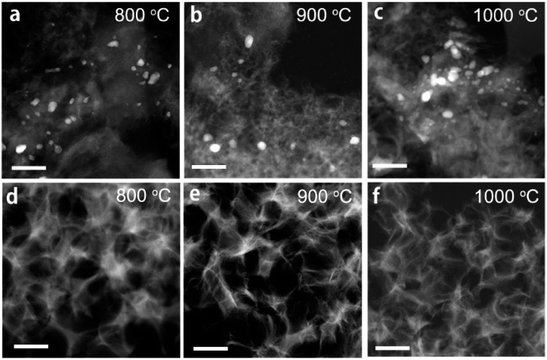 Open Access Article
Open Access ArticleCreative Commons Attribution 3.0 Unported Licence
Correction: Achieving highly efficient CO2 to CO electroreduction exceeding 300 mA cm−2 with single-atom nickel electrocatalysts
Hui-Yun
Jeong
a,
Mani
Balamurugan
a,
Venkata Surya Kumar
Choutipalli
de,
Eun-suk
Jeong
f,
Venkatesan
Subramanian
de,
Uk
Sim
*c and
Ki Tae
Nam
*ab
aDepartment of Materials Science and Engineering, Seoul National University, Seoul 08826, Republic of Korea. E-mail: nkitae@snu.ac.kr
bResearch Institute of Advanced Materials, Seoul 08826, Republic of Korea
cDepartment of Materials Science and Engineering, Chonnam National University, Gwangju 61186, Republic of Korea. E-mail: usim@jnu.ac.kr
dInorganic and Physical Chemistry Laboratory, CSIR-Central Leather Research Institute, Adyar, Chennai-600 020, India
eAcademy of Scientific and Innovative Research (AcSIR), CSIR-CLRI Campus, Chennai-600 020, India
fDepartment of Physics Education and Institute of Fusion Science, Jeonbuk (Chonbuk) National University, Jeonju 54896, Republic of Korea
First published on 6th December 2023
Abstract
Correction for ‘Achieving highly efficient CO2 to CO electroreduction exceeding 300 mA cm−2 with single-atom nickel electrocatalysts’ by Hui-Yun Jeong et al., J. Mater. Chem. A, 2019, 7, 10651–10661, https://doi.org/10.1039/C9TA02405K.
In the original article, the transmission electron microscopy (TEM) images of carbonization products without silica templates in Fig. 3 were incorrectly depicted. Specifically, Fig. 3b erroneously duplicated Fig. 3a. Upon correction, the TEM images now accurately show the presence of nickel nanoparticles in carbonaceous materials when the catalysts are prepared without the silica template. These corrections do not affect the experimental conclusions, confirming the pivotal role of the silica template in the preparation of atomically dispersed nickel active sites. The correct Fig. 3 is shown below.
The Royal Society of Chemistry apologises for these errors and any consequent inconvenience to authors and readers.
| This journal is © The Royal Society of Chemistry 2024 |

